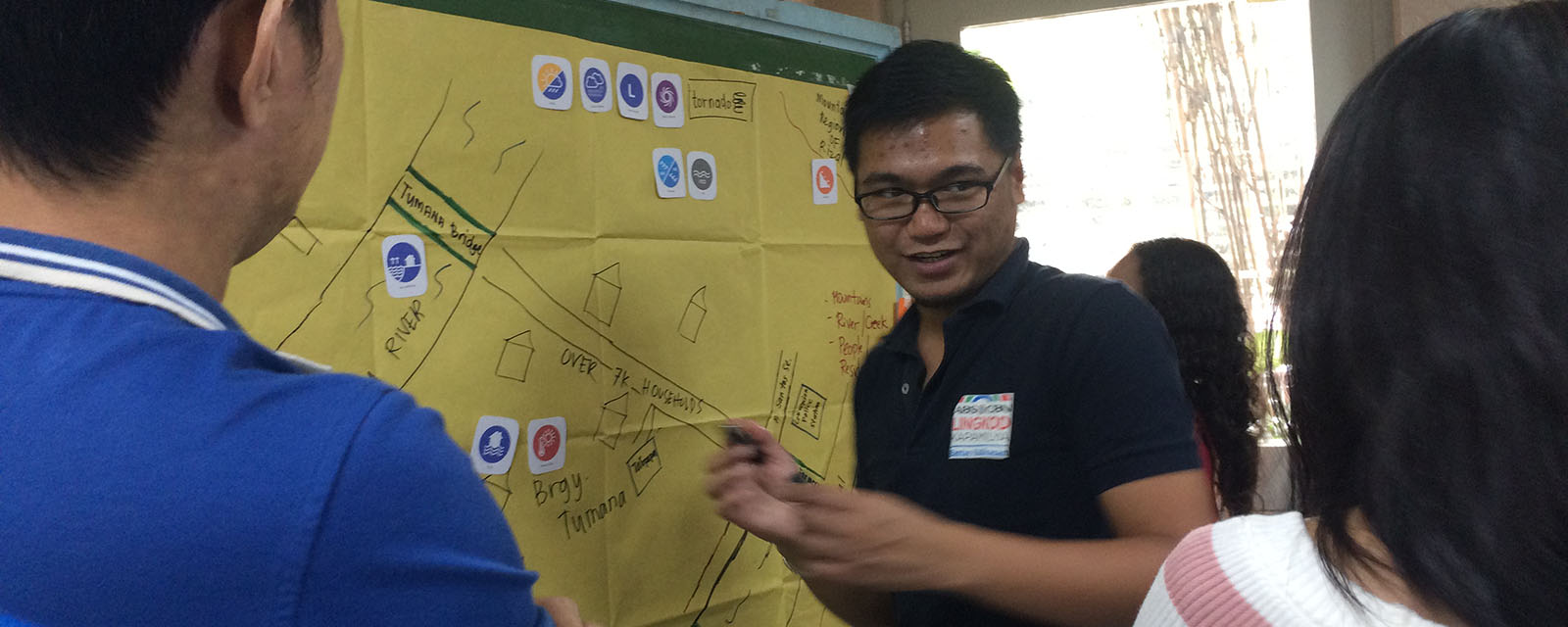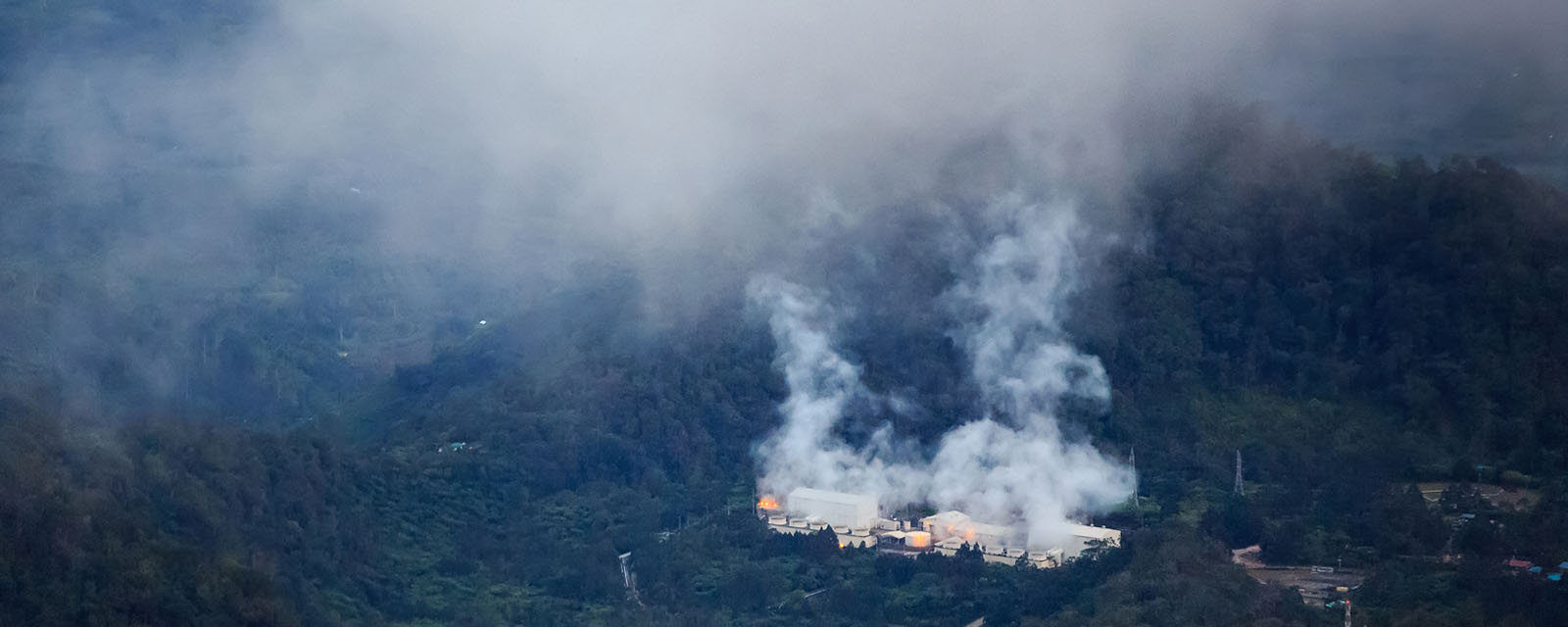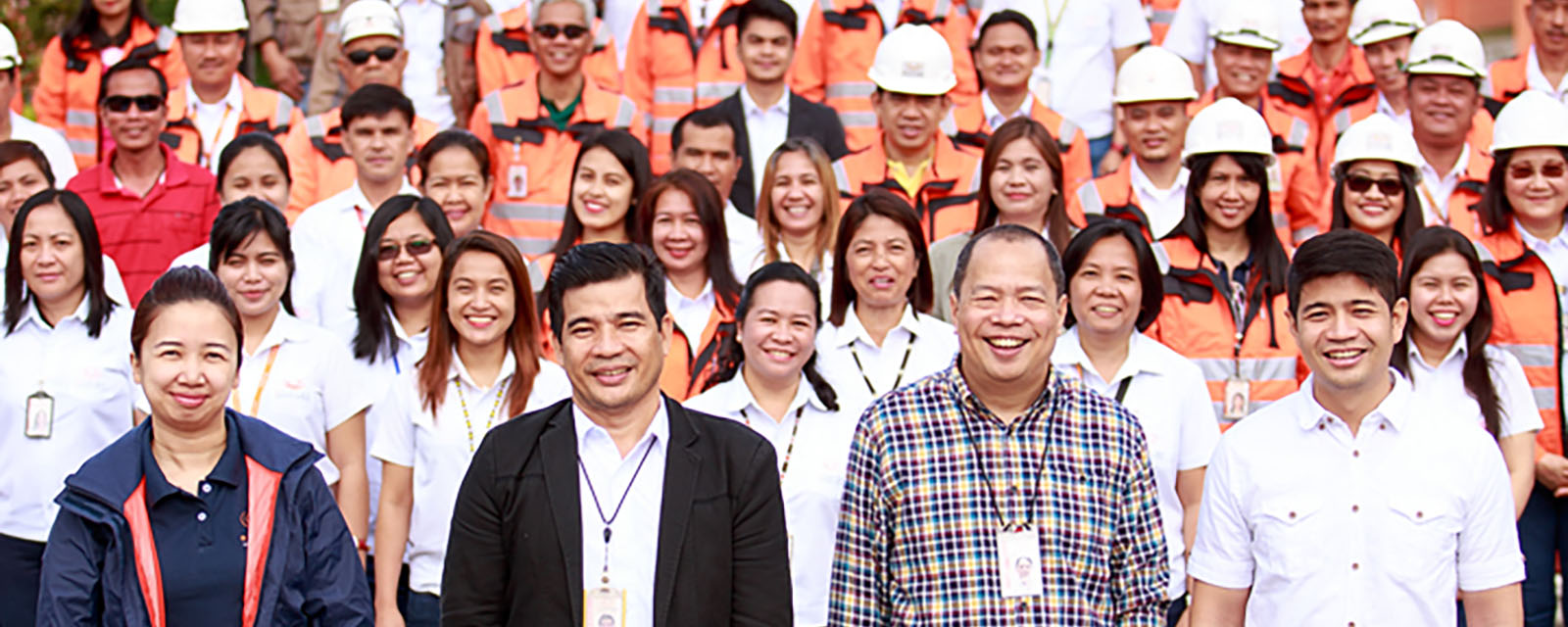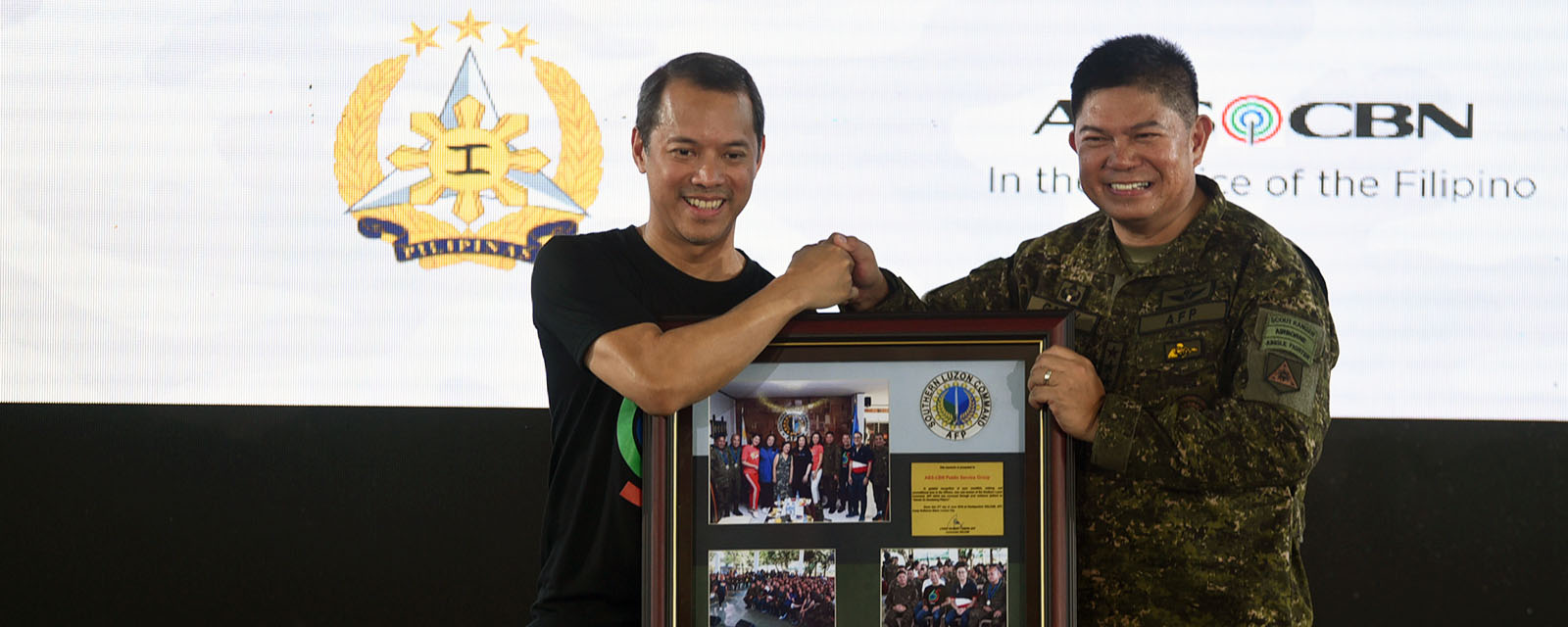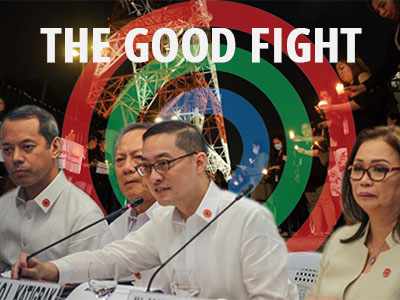
While most private entities plant thousands of trees to demonstrate their 'commitment to sustainability', the Energy Development Corporation (EDC) understands that sustainability is beyond planting. Instead, sustainability to EDC is a product of three key activities...Habitat Protection, Restoration and Community Resiliency. The company through its Watershed Management Department (WMD) protects the existing forests in its project sites to maintain their environmental services through social forestry and forestry law enforcement; restores degraded habitats to support wildlife through indigenous reforestation ; and promotes resiliency of communities through provision of alternative livelihoods and capacity building. All these form part of the company's sustainable development business model and its proactive response to the challenges brought by megatrends like climate change, ecosystems degradation, and population pressure that threaten its natural capital base.
Practicing sustainability means creating a setting where geothermal technology, people and environment can co-exist in harmony. By protecting the forest, all stakeholders are served. By protecting the forests: a) EDC’s geothermal projects are sustained, b) the forest which is the ancestral domain of EDC’s indigenous brothers is respected, c) the environmental goods and services (food, fiber, medicine, water, etc) are continuously delivered to forest communities and d) the forests served as laboratory for researches being done by the academe and government.
The First Step is to Know What is There
EDC knows the first obligation of business is to protect the existing environment as it was found. To make this possible, EDC meticulously analyzed the watersheds where its projects are located by taking a comprehensive inventory of the ecosystem consisting of the physical component like soil, local climate and geology as well as the living components like the flora, fauna and the people therein. From these, EDC prepared a Watershed Management Plan that delineated the boundaries of watersheds and the environmental services they provide to its host communities and its operations. The Watershed Management Plans contain specific interventions that need to be implemented to ensure integrity of the watershed ecosystems where the business and the local stakeholders both depend on. Some of which are discussed below.
Integrating Biodiversity to the Business Model
As EDC adopts international protocols on biodiversity, the company implements one of the most comprehensive, privately-initiated Biodiversity Conservation and Monitoring Program in the country in collaboration with the Institute of Biology of the University of the Philippines. A permanent monitoring plot was established inside each geothermal reservation to study the status and responses of plants and animals as they co-exist with EDC's operations and the changing local climate. As of 2014, the results of the study are astounding. Within a 2-hectare plot, EDC has more than a hundred species of birds, almost 10 species of reptiles and more than 10 species of amphibians being protected. Compared with the national data in 2014, this equates to almost 21% of all the birds in the country. For flora, there are almost 200 to 400 species inside the control plots - ranging from 30 to 130 rare species.
EDC also adopts the international protocol of “mitigation hierarchy”. Simply put, impacts must be prevented. If they cannot be prevented they must be mitigated. If they cannot be mitigated, they must be rehabilitated or offset. One cannot implement this process without knowing the detailed profile of the area.
To further integrate biodiversity data with the operational plans, EDC tapped the technical assistance of Fauna and Flora International (FFI) to study the High Conservation Value Areas (HCVA) in the geothermal watersheds. HCVAs are natural habitats which have biological, ecological, social, and cultural values that are considerably significant or critical at the national, regional or global level. The study gave a spatial list of areas with the highest concentration of important species of flora and fauna. The results of HCVA study that was piloted in Southern Negros Geothermal Project (SNGP) now allows EDC to identify sites that should be avoided, remedied or mitigated during construction and/or operations.
From "Reforestation" to "Forest Restoration"
Because geothermal operation is dependent on Mother Earth, EDC aims at being net environment positive in its operation. In its geothermal watersheds there are open areas due to years of poaching by impoverished communities before EDC’s entry. The company therefore buckled down to work to restore degraded watersheds through reforestation in 1989 resulting in 7,623 hectares of reforestation stands.
By 2007-2008, EDC has observed symptoms of climate change like frequent tropical cyclones and landslides. Year 2007 is also the year that the Lopez Group took company under its wings. As a convenor of the Philippine Imperative to Climate Change in 2009, FPH Management tripled the reforestation efforts of EDC under the “BINHI”. Program. Its not an ordinary reforestation, as BINHI aims to recover habitats of native vanishing tree species. Out of the 3,500 native tree species of the country, EDC chose the rarest hardwood species to rescue and to plant in EDC sites. Only 96 species are worthy to be in the list. As of November 27,2015 EDC has completed their rescue of the said 96 species.
From 2009-2014 EDC has planted 4,625,511 seedlings in 6,671 hectares all over the EDC-managed sites. These include critically endangered trees of white lauan (Shorea contorta), and tanguile (Shorea polysperma), including vulnerable species of antipolo (Artocarpus blancoi), batikuling (Litsea leytensis), narra (Pterocarpus indicus), almaciga (Agathis philippinensis), ipil (Intsia bijuga) and others.
In 2013, typhoon Yolanda taught EDC a lesson about restoration of forests---the reforestation stand must be complex and resilient enough to be able to function as bioshield. As such, the company foresters started adopting the principle of forest succession through Assisted Natural Regeneration (ANR) and Accelerated Pioneer-Climax Strategy (ACPS). In the ANR strategy, EDC foresters are training the farmers to locate, mark and protect wildlings or regenerants in the restored sites. The existing regenerants represent the original species composition in the sites and these were being nurtured to provide shade to the newly established reforestation stands. The company's restoration strategy also include planting at close spacing to close the gaps and create an uneven forest stands. It has been proven that a solid forest cover will attract more species of birds and other seed dispersers that would reinforce the complexity and resiliency of areas being restored.
Protecting the Natural Assets
Forest protection is integral to the sustainable operations of EDC. The existing original forests as well as the restored forests need to be protected so they will continue to provide the environmental services to EDC and the rest of the stakeholders. Forests as a natural resource base is always at threat from human pressure. To address this concern, EDC applies a collaborative and holistic approach to forest protection involving partnerships, public information drives, and settler's management.
The company has partnered with the local government agencies and instrumentalities to enforce forest protection laws that include confiscation, apprehensions, and litigation of violators. In addition, on-site foresters facilitate the government’s deputization of village leaders to involve them in forestry law enforcement. This is complemented by various public information drives and trainings on various forestry laws with the community.
The company is also relocating illegal uplands settlers to areas where they are safer and are nearer to alternative livelihoods being provided by the company’s Community Partnerships Department (CPD), which minimized the population pressure in the uplands.
Increasing Social Resiliiency through Upland Community Development
Building resiliency entails providing alternative livelihood options to forest dwellers to curb the pressure on the forest due to illegal and destructive activities (such as kaingin and timber poaching) as they struggle to augment their daily needs. To address this concern, the upland farmers were provided with fruit bearing and latex-laden seedlings to be grown as potential source of income under the BINHI-Tree for Food module. Community-based ecotourism projects under the Tree for Leisure (TFLe) module are also underway. Ecotourism Business Plans in three geothermal watersheds in North Cotabato, Bicol and Southern Negros have been prepared to leverage funding support from local governments, and other agencies to implement a ecosystems-based and environment friendly livelihood.
Strengthening social resiliency also involves various technical training of upland communities on watershed management and climate change. Among of which are forest restoration, rainforestation, forest fire protection, Lopez Values cascade, BINHI, etc. The company believes that by increasing the farmers' awareness and technical capabilities they are more able to cope with the effects of climate change at contribute better in managing the watersheds.
Conclusion
The above EDC experience concretely shows 'sustainability' is not just a tag - it is a way of life that serves EDC as well as all the stakeholders of the forest. Having a stable ecosystem amidst market and climatic challenges is our only buffer to have a business that would endure long enough to be seen by the future generations. With that, all our efforts and the investments on protecting the environment will be all worth it.


